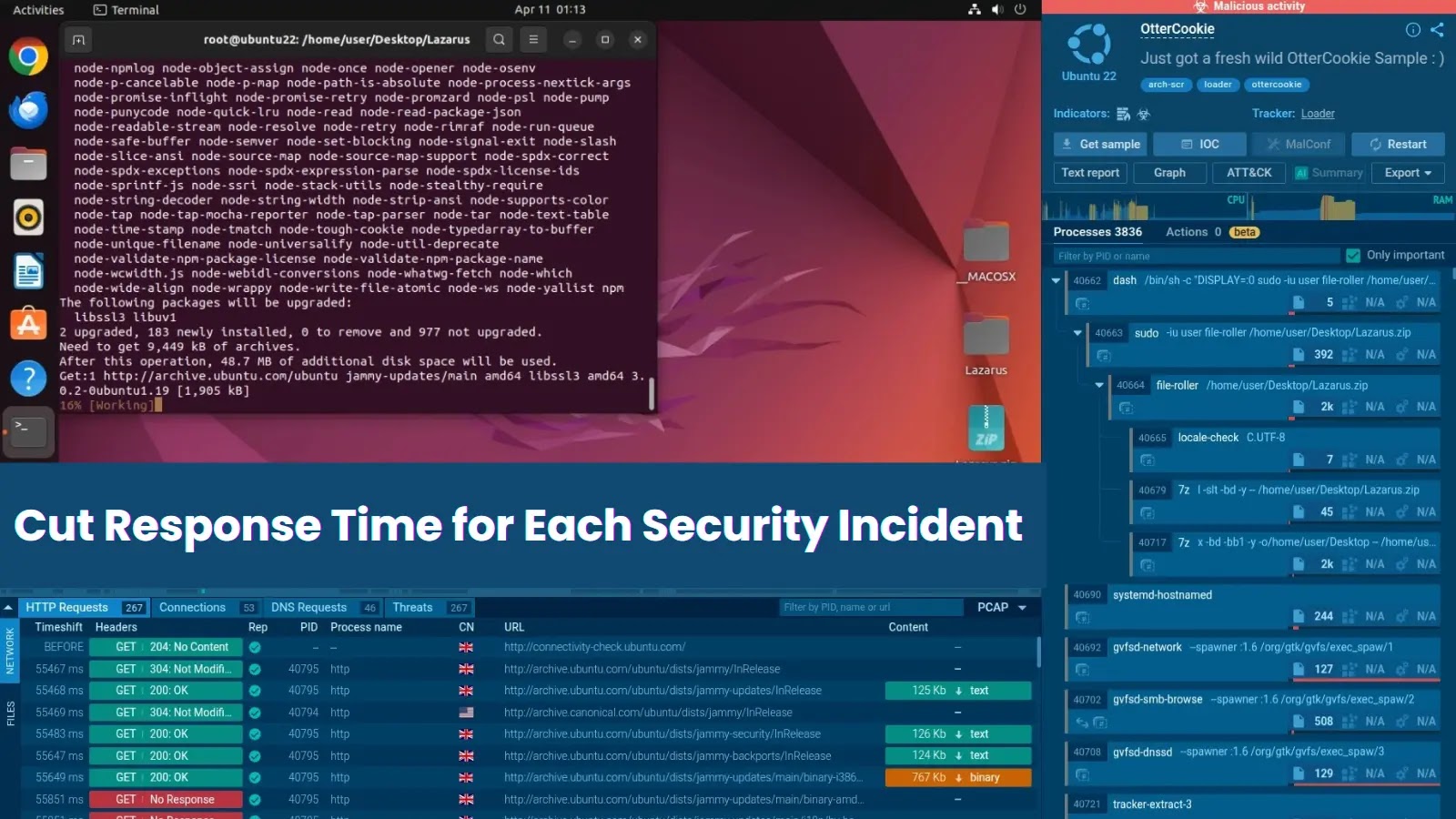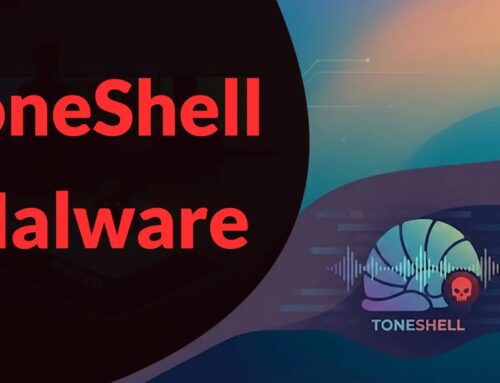
How to Radically Cut Response Time for Each Security Incident
When a cybersecurity incident strikes, the clock starts ticking the moment it’s detected. Every second lost in response translates directly into increased risk, potential data breaches, financial damages, and reputational harm. For Security Operations Center (SOC) teams, merely reacting isn’t enough; they need to respond with unparalleled speed and precision. This isn’t just about technical expertise; it’s about equipping your team with the right strategies and enterprise-grade solutions. The true secret to radically cutting incident response time lies in proactive preparation and optimized operational frameworks.
The Criticality of Rapid Incident Response
In the high-stakes world of cybersecurity, the difference between a minor disruption and a catastrophic event often hinges on the speed of your incident response. Slow response times can amplify an attacker’s window of opportunity, allowing them to escalate privileges, exfiltrate sensitive data, or deploy ransomware more effectively. Studies consistently show a direct correlation between longer dwell times and higher breach costs. Organizations must prioritize swift action to contain threats before they cause irreparable damage.
Understanding Your Current Response Posture
Before optimizing, you must understand your baseline. Analyze past incident response metrics: detection time, containment time, eradication time, and recovery time. Identify bottlenecks in your current processes. Are analysts spending too much time on manual correlation of alerts? Are communication channels inefficient? Is there a lack of standardized playbooks for common incident types? Pinpointing these weaknesses is the first step toward building a more agile and effective response mechanism.
Leveraging Automation and Orchestration
One of the most significant accelerators for incident response is the strategic implementation of security automation and orchestration. Security Orchestration, Automation, and Response (SOAR) platforms compile security alerts, normalize data, and then automate repetitive tasks. This frees up your SOC analysts to focus on complex investigations and strategic decision-making rather than sifting through endless logs or performing routine checks.
- Automated Triage: Automatically enrich alerts with threat intelligence, user context, and asset data.
- Playbook-Driven Responses: Execute pre-defined actions based on incident type, such as isolating an infected host or blocking a malicious IP address (e.g., in response to activity that might precede a CVE-2023-34039 type vulnerability exploitation).
- Orchestrated Workflows: Integrate various security tools (SIEM, EDR, firewalls, GRC) to streamline information flow and action execution.
Enhancing Threat Intelligence Feeds
Proactive threat intelligence empowers your SOC team to anticipate and identify emerging threats faster. Integrating high-fidelity, actionable threat intelligence feeds directly into your security tools (SIEM, SOAR, EDR) allows for real-time correlation of internal events with known external threats. This drastically reduces false positives and provides critical context for legitimate alerts, ensuring analysts focus on the highest-priority incidents. For example, knowing about widespread exploitation of a vulnerability like CVE-2023-23397 allows immediate scanning and patching efforts.
Establishing Clear Roles and Communication Protocols
Even with the best technology, human elements remain crucial. Clearly defined roles and responsibilities within the incident response team prevent confusion and ensure seamless handoffs during a crisis. Develop robust communication protocols for internal stakeholders, executive leadership, and potentially external parties (e.g., legal counsel, regulators, public relations). A well-oiled communication machine ensures everyone is informed and actions are coordinated.
Regular Training and Simulation Drills
A highly skilled SOC team is your first line of defense. Regular training, including simulated breach scenarios and tabletop exercises, is essential. These drills help analysts practice their response muscle memory, identify gaps in playbooks, and improve teamwork under pressure. It’s an opportunity to test the effectiveness of your tools and processes in a controlled environment before a real incident strikes.
Post-Incident Analysis and Continuous Improvement
Every incident, resolved or not, is a learning opportunity. Conduct thorough post-incident analyses (often called “post-mortems” or “lessons learned” sessions). Document what went well, what went wrong, and what could be improved. Update playbooks, adjust configurations, and implement new controls based on these insights. This commitment to continuous improvement ensures your incident response capabilities evolve and strengthen over time, leading to progressively faster and more effective responses.
Remediation Actions for Faster Incident Response
Implementing these practical steps will directly contribute to slashing your incident response times:
- Develop Comprehensive Incident Response Plans: Don’t leave anything to chance. Detailed plans for various incident types (e.g., malware, data breach, phishing,DoS attack like those potentially leveraged by CVE-2023-38820) are crucial.
- Invest in SOAR Solutions: Automate repetitive tasks and orchestrate workflows across your security stack.
- Integrate High-Fidelity Threat Intelligence: Leverage real-time intel for proactive detection and contextualization.
- Automate Log Collection and Analysis: Ensure all relevant logs are centrally collected, parsed, and readily available for rapid analysis.
- Implement Endpoint Detection and Response (EDR): Gain deep visibility and control over endpoints to accelerate containment and eradication.
- Establish a Centralized Communications Platform: Use secure, dedicated channels for incident-related discussions.
- Conduct Regular Vulnerability Scanning and Penetration Testing: Proactively identify and remediate weaknesses before adversaries exploit them. Examples include vulnerabilities like CVE-2023-36884.
- Cross-Train SOC Personnel: Ensure redundancy and broad skill sets within the team.
Conclusion
Reducing security incident response time is not merely a goal; it’s an operational imperative for any organization operating in today’s threat landscape. By strategically combining automation, proactive threat intelligence, clear processes, and continuous training, SOC teams can transform into agile, highly effective units capable of containing threats before they escalate. Equipping your cybersecurity team with enterprise-grade solutions and fostering a culture of rapid, informed action will inherently protect your assets, data, and reputation more effectively.





